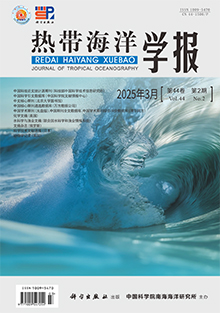This paper investigated the chemical constituents of Penicillium sp. G5A-11, which was isolated from a sponge in the South China Sea, and their cytotoxicity. Various separation methods, including thin layer chromatography, silica gel column chromatography, gel column chromatography, and semi-preparative high-performance liquid chromatography, were used to isolate compounds from solid-rice culture of this marine derived fungus. Spectroscopic data, along with physical and chemical properties, were utilized to identify the structures of the isolated compounds, and compared with literature data. Their cytotoxic activities were tested by the MTT (methylthiazolyldiphenyl-tetrazolium bromide) method. Seventeen compounds were identified from the marine fungus Penicillium jiangxiense, including N-acetyltryptamine (1), methyl 2-(6-hydroxybenzothiazol-4-yl) acetate (2), R-mevalonolactone (3), nicotinic acid (4), altechromone A (5), 2, 5-dimethy-7-hydroxychromone (6), methyl 7-hydroxy-2-methylchromone-5-carboxylate (7), stagonoculiepine [(2S, 5R)-1-formyl-1, 2, 3, 4-tetrahydro-5H-2, 5-epiminobenzo[b]azepin-5-yl acetates] (8), (4R, 5S)-5-(hydroxymethyl)-5-methyl-4-(3-oxobutyl) dihydrofuran-2(3H)-one (9), 9α-hydroxy-1, 2, 3, 4, 5, 10, 19-heptanorergosta-7, 22-diene-6, 9-lact (10), 3β, 5α, 9α-trihydroxy-(22E, 24R)-ergosta-7, 22-dien-6-one (11), ergosterol peroxide (5α, 8α-epidioxy-24(R)-methylcholesta-6, 22-dien-3β-ol) (12), (22E, 24R)-24-methylcholesta-2, 22-diene-3β, 5α, 6β-triol (13), ergosterol (14), stigmasterol/β-sitosterol (15), 3β, 5α-dihydroxy-(22E, 24R)-ergosta-7, 22-dien-6-one (16), and 3β, 5α-dihydroxy-6β-methoxyergosta-7, 22-diene (17). Among them, compounds 7 and 9 were new natural products. Cytotoxic activity tests showed that compound 10 was moderately cytotoxic to human chronic myeloid leukemia cells (K562) and human gastric cancer cells (SGC-7901) with IC50 values of (12.07 ± 0.12) μmol·L-1 and (13.17 ± 0.02) μmol·L-1, respectively. However, the results of the anti-inflammatory activity test revealed that none of the compounds exhibited anti-inflammatory activity.




